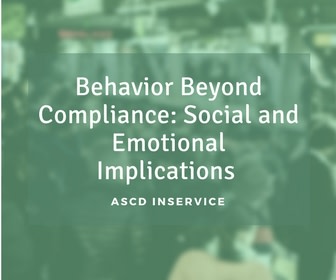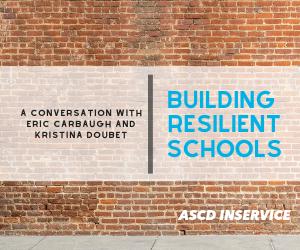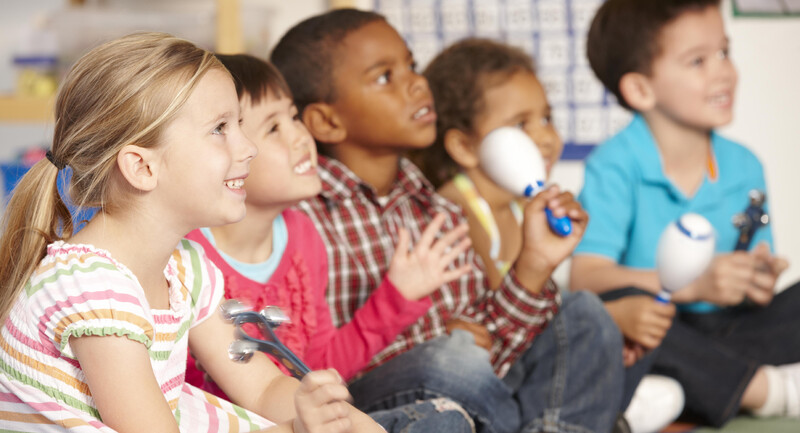GTO translates to greater than one. This concept applies to recipes, baseball teams, bands, choirs, improper fractions, potato chips, and school interventions. Healthy classrooms and schools honor both academics and affect. We as a profession need to value the skills students present and then offer the corresponding instruction. This includes establishing student roles and responsibilities that are designed to shape future strides. Positive learner traits and healthy emotions are often the foundation to learner achievement. Establishing healthy emotional, social, and behavioral parameters is time after time more important than the content we deliver.
Learners with pervasive shyness, unhappiness, fear, depression, anxiety, obsession, compulsion, anger, noncompliance, social awkwardness, lack of impulse control, attention issues, and other social, emotional, and behavioral difference face challenges in the classroom. In addition, students who receive higher test scores do not always translate to mentally healthy learners. Sometimes learners exhibit more than one difference and have what is called co-morbidity. As an example, a student who is gifted may have difficulties with social expectations, and learners with dyslexia may experience anxiety, while a student with traumatic brain injury can experience depression. One disability label does not exclude another one-nor should a difference define a student’s potential.
Establishing mentally healthy schools and classrooms means that students need supports to own their behavior beyond the compliance stage of rotely following rules. Like academics, social and emotional behavior requires progress monitoring, nonjudgmental feedback, practice, increased metacognition, and interventions that empower students with the appropriate social, emotional, and behavioral tools. Students who exhibit behavioral, social, and emotional difference, such as mood swings, anxiety, aggression, depression, or indifference need immediate proactive and responsive interventions before they may harm themselves or others. The internal and external factors in play need to be understood and validated with responsive multi-tiered instruction. This includes whole class interventions that reinforce school and class norms, responsive small group instruction for students who require targeted interventions and more coaching, and individualized interventions for learners who require intensive interventions that may include outside providers and counselors.
Before interventions are given, staff establishes baseline knowledge about each student in terms of his or her background, likes/dislikes, and triggers. Interventions need to be appropriate ones. Just as you would not ask a student who is deaf to hear a speech without assistive technology, or a student who is blind to read a nonfiction passage without an auditory or tactile component, or for a student with a physical impairment to do jumping jacks without modification, you cannot expect a student with a behavioral, social, or emotional difference to act or behave a certain way without the appropriate supports that include, but are not limited to prompts, signals, rehearsal, mindfulness, monitoring, modeling, consistency, and realistic rules and feedback.
Social, emotional, and behavioral factors influence academics. How students feel about themselves impacts what they do, don’t, or won’t do. Environmental factors at home and school can boost or whittle away at a student’s self-efficacy, perseverance, and self-esteem. If work is improperly leveled, a student is either frustrated with concepts that are too difficult, or bored with work that is too easy. Differentiation of instruction values classroom management that offers direct instruction for some students and more application and enrichment for other learners. Student choice then connects to academics with learners empowered to connect to their likes and dislikes to show what they know through invited avenues such as technology, art, music, and both interpersonal and intrapersonal learning activities. If classroom management is sketchy, then students who require greater structure cannot function well in such an environment. Students, who live in poverty or within stressful homes, experience a different set of norms. Every behavior has a function with antecedents that trigger positive and or negative emotions. Some students exhibit certain behaviors for attention or to escape notice. Attention can be positive or negative. Reinforcement both increases and/or extinguishes behavior.
As I wrote in my book Building on the Strengths of Students With Special Needs: How to Move Beyond Disability Labels in the Classroom, it is vital to validate each student apart from his or her behavior. Emotional, social, and behavioral difference is diversity that is student-specific with a continuum of services that value the supports required, Interventions such as increased self-regulation, permitted breaks, sensory diets, calm down corners, conferencing, learning contracts, and reinforcement lead to successes across both academic and social arenas. Believing in student successes with high expectations means that step-by-step individualized behavioral plans are reinforced in all environments. This involves respectful collaboration among staff and students, related staff, peers, and families. School and classroom expectations and procedures value proactive approaches that allow the data to drive instructional decisions and deliveries. We as a profession often need reminders that first off we teach students-not just subjects and concepts.
When we structure emotionally safe school and classroom environments there is value, not only on access, but the required supports. Lesson modification includes, but is not limited to assisting students to gain skills to better organize, attend, comprehend, follow classroom rules and procedures, communicate appropriately, interact with peers, and learn how to learn. Behavior involves more than compliance-it is greater than one-it includes student buy-in and sharing smiles. In today’s classroom, collaborative hands embrace both hearts and minds.
Toby Karten is a staff developer, instructional coach, education consultant, author, adjunct professor, and inclusion specialist—has taught populations of learners at levels ranging from preschool to graduate school. She has collaborated with administrators, staff, students, and their families at local, national, and international school sites and educational conferences as an invited speaker and inclusion coach.








